Sample information |
|
| Picture |
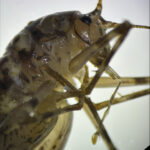
|
|---|---|
| Location | |
| Collection date | 09/06/2024 |
| Captive / Cultivated? | Wild-caught |
| Group | Edmund Burke School |
| Observations | Collected during summer, found on stone wall by house, it was 69 degrees Fahrenheit outside, urban habitat, 6 legs, no wings, short brown antenna, black eyes. |
| Putative identification | Arthropoda Insecta Orthoptera |
Methods |
|
| Extraction kit | DNeasy (Qiagen) |
| DNA extraction location | Abdomen |
| Single or Duplex PCR | Single Reaction |
| Gel electrophoresis system | MiniOne |
| Buffer | TBE |
| DNA stain | GelGreen |
| Gel images |
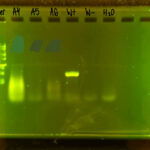
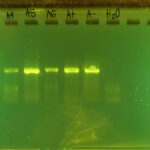
|
| Protocol notes | DNA Extraction: Arthropod was easy to extract DNA from, abdomen was directed and goop was scooped into the tube PCR: No mistakes made, but Had to spin 3 times in centrifuge, had too much liquid left at top after first and second spins. Had to spin 2 times in centrifuge after buffer AW1 was added Gel Electrophoresis, Arthropod CO1: The first lane of our Gel #1 contained our DNA ladder, the second lane contained our A4 sample (Spider Cricket), third lane had A5 sample (Common Moth), fourth lane had sample A6 (Brown Millipede), Lanes 5 through seven contained our positive arthropod control, our negative arthropod control and our H2O control. Our controls worked so our results are valid. Gel Electrophoresis, Wolbachia: In our first gel, we had in lane one our DNA ladder, lane 2 had sample A4 (Spider Cricket), the third lane had sample A5 (Common Moth), our fourth lane had sample A6 (Brown Millipede), and then in lanes 5 through 7 had our positive Wolbachia control, negative Wolbachia control, and our H2O control. Our controls worked which means we experienced no contamination and our results are valid.
|
Results |
|
| Wolbachia presence | No |
| Confidence level | High |
| Explanation of confidence level | All of our controls worked and we experienced no mistakes or contamination of any sort. |
| Wolbachia 16S sequence | |
| Arthropod COI sequence |
|
| Summary | The Orthoptera was found to be negative for Wolbachia. |
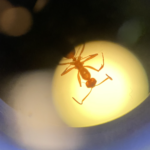 Formica Pallidefulva
Formica Pallidefulva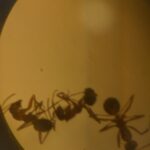 Formica Pallidefulva
Formica Pallidefulva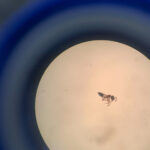 Ant
Ant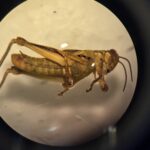 Differential Grasshopper – Melanoplus differentialis
Differential Grasshopper – Melanoplus differentialis Pill Bug (Armadillidium vulgare) – Draft
Pill Bug (Armadillidium vulgare) – Draft